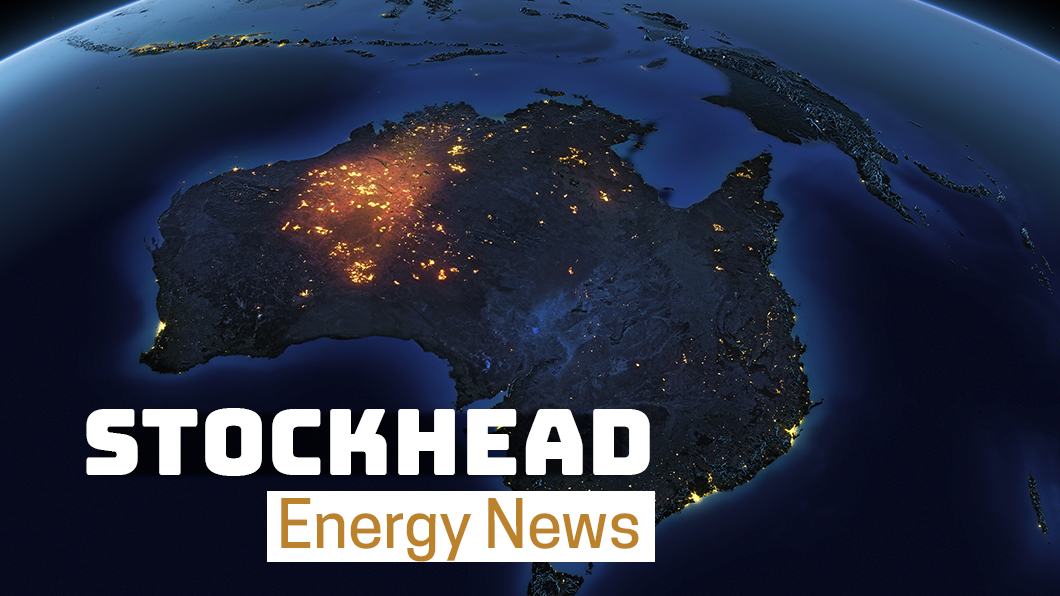More gas diversions are coming and it’ll hurt foreign investment in Aussie oil and gas

Pic: Matthias Kulka / The Image Bank via Getty Images
Australia will need to divert gas from Queensland by 2025 to prevent domestic shortages — and that’s likely to discourage foreign investment in the local oil and gas sector.
Liquefied natural gas (or “LNG”) export projects in Queensland have forever changed the gas supply dynamic on the East Coast, linking the country’s local gas prices to global LNG prices, says Wood Mackenzie gas and LNG research director Nicholas Browne.
LNG is natural gas that has been chilled to so it becomes a liquid — which takes up less space and is easier to transport.
NSW, Victoria and South Australia will need extra as fields continue to decline, and third-party gas bought to supply the LNG terminals is most at risk, Mr Browne says.
That’s likely to deter foreign investors from investing further in Australian oil and gas.
Japanese gas importers said at a big gas conference in Darwin last week that diversions would make them reconsider investment in the country, S&P Global Platts analyst Eric Yep told Stockhead.
In particular, Osaka Gas chairman Yasuo Ryoki labelled the government’s move to divert gas to mitigate local shortages caused by the LNG export terminals a “sovereign risk”.
Mr Yep said the executives he spoke to were nervous about a Labor government winning the election next year because it’s promised to create permanent LNG export controls.
The Australian Domestic Gas Security Mechanism (ADGSM) was launched in July last year to allow the government to divert gas for export into the local market — but it comes to an end in 2023.
Many local gas executives agree that federal and State government policies are harming the sector, from Lakes Oil chairman Chris Tonkin’s beef with the Victorian government, which has shut down almost all onshore oil and gas exploration, to frustration with the Northern Territory’s red tape around using fracking.
Supply and pricing
Gas is likely to be in increasing short supply in the 2020s and prices will increasingly be based on Asian LNG netback pricing.
“No new easy and economical sources of supply are currently available to the market,” WoodMac’s Mr Browne said.
“While there is more than 13,000 PJ (petejoules) of undeveloped gas resource in east Australia and the Northern Territory, this is either uneconomic to develop, unproven to be developed at scale, or stranded from existing infrastructure.”
Furthermore, pipeline bottlenecks during winter will restrict how much gas can be delivered south by 2026.
This is in contrast to a forecast by the Australia Energy Market Operator’s 2018 Gas Statement of Opportunities which forecast no East Coast shortages before 2030.
- Subscribe to our daily newsletter
- Bookmark this link forsmall cap news
- Join our small cap Facebook group
- Follow us on Facebook or Twitter
Wood Mackenzie expects East Coast gas prices to be in the $8.50/GJ (gigajoule) to $11/GJ range. Oil at $US70-80 will keep LNG prices elevated and therefore gas prices as well.
Furthermore, the Asian LNG market is expected to tighten from 2021, notwithstanding increasing supply becoming available from Qatar, the US, PNG and Africa.
This will help to drive prices higher in Australia, with contracts forecast to nudge up to $10.70/GJ and $12.70/GJ by 2025.
“From 2026, with more expensive gas from Queensland setting the marginal price and limited pipeline capacity to enable flows south, prices would rise further and LNG imports become economic, and effectively set a ceiling for gas prices in the winter,” Mr Browne said.
In contrast, gas prices in West Australia continue to fall, with Woodside’s average realised North West Shelf domestic gas price hitting $4.13/GJ in the second quarter.
The region’s gas surfeit is set to be worsened as the Wheatstone project starts up.
Record production is still not enough
Australian petroleum production hit record highs in June or 870.4 MMboe (million barrels of oil equivalent). It’s expected to touch 1 Bboe next year.
Yet the Queensland LNG projects are still operating below capacity because they don’t have enough gas, says the CEO of energy consultancy EnergyQuest, Graeme Bethune.
One one LNG cargo was shipped from Gladstone in August and capacity utilisation across the three projects at Gladstone is “uncommercially low” at an average 77 per cent in the second quarter.
Queensland gas sent south wasn’t able to offset declines in production in Victoria.
UNLOCK INSIGHTS
Discover the untold stories of emerging ASX stocks.
Daily news and expert analysis, it's free to subscribe.
By proceeding, you confirm you understand that we handle personal information in accordance with our Privacy Policy.








